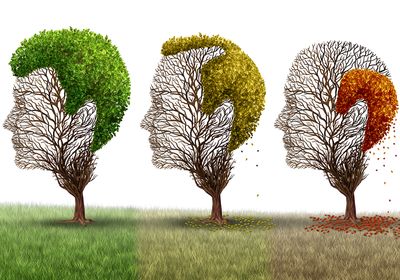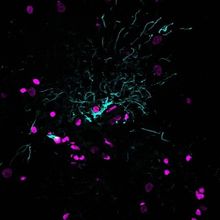Login
Subscribebiochemistry
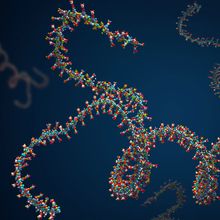
My Protein Didn't Fold and Neither Did I
Meenakshi Prabhune, PhD | Aug 1, 2023 | 2 min read
When Gaurav Ghag realized that he had replicated a calculation error in every experiment during four years of his graduate research, he initially thought that his career had unraveled with his protein.
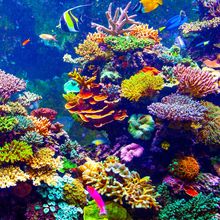
A Probiotic to Protect Caribbean Corals
Mariella Bodemeier Loayza Careaga, PhD | Aug 1, 2023 | 2 min read
A bacterial strain from healthy corals could slow the progression and prevent transmission of the destructive stony coral tissue loss disease in the wild.
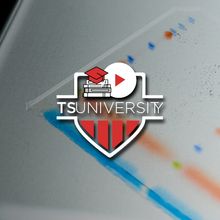
The Intricacies of Western Blotting
The Scientist’s Creative Services Team | 1 min read
In this webinar, R. Hal Scofield discusses hints and tips on how to generate clean and reproducible western blot data, even in tricky situations.

Disease Scent Signatures Disclose What the Nose Knows
Iris Kulbatski, PhD | Jun 12, 2023 | 4 min read
Researchers redefine the lost art of smelling illness using one woman’s exquisitely sensitive nose.
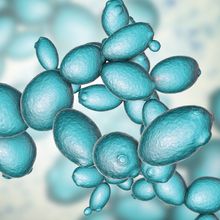
Waves of Macromolecule Production During the Cell Cycle
Mariella Bodemeier Loayza Careaga, PhD | Jun 1, 2023 | 3 min read
In individual yeast cells, essential biosynthetic processes peak at different times in the cell cycle, revealing a temporal dynamic once thought limited to DNA synthesis.
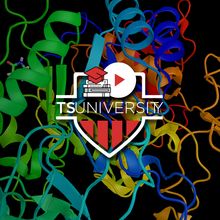
Technique Talk: The Fundamentals of Mass Spectrometry-Based Proteomics
The Scientist’s Creative Services Team | 1 min read
Learn the basics of proteomics analysis and nanoLC-MS/MS data acquisition.
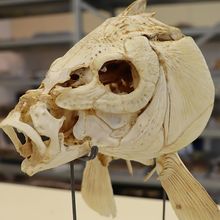
Fossilized Fish Teeth Could Be Earliest Evidence of Cooking
Katherine Irving | Nov 14, 2022 | 2 min read
Study authors say the teeth, dated around 780,000 years old, push back the date humans are known to have engaged in cooking by more than 600,000 years.
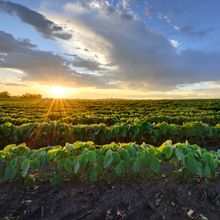
As Carbon Dioxide Goes Up, Plants’ Nutrient Content Declines
Dan Robitzski | Nov 3, 2022 | 5 min read
Abundant environmental CO2 can increase plant biomass and photosynthesis, but it has downsides for agriculture and ecosystems, a growing body of research finds.
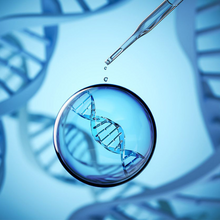
Optimizing Sample Homogenization
The Scientist’s Creative Services Team and Bertin Technologies | 3 min read
Discover how the latest homogenization technology improves and simplifies the processing of any biological sample.
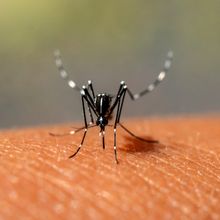
Smelly Skin Compounds Draw Mosquitoes to Some People More than Others
Katherine Irving | Oct 19, 2022 | 3 min read
People with more carboxylic acids in their body odor are more attractive to mosquitoes, a study finds.
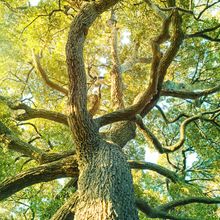
Scientists Resurrect Ancient Rubiscos to Understand Their Evolution
Alejandra Manjarrez, PhD | Oct 14, 2022 | 5 min read
A team proposes that the addition of a small accessory subunit to the carbon-fixing enzyme was key to improving its catalytic properties and specificity to CO2.
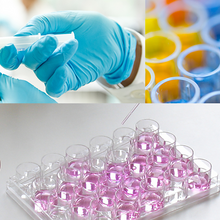
Emergent Recombinant Proteins in Clinical Diagnostics
Scripps Laboratories | 1 min read
A new era of reliable recombinant proteins makes it possible for researchers to replace tissue-derived biomarkers in a variety of diagnostic assays.
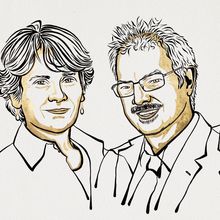
Biocompatible Reactions In Living Cells Garner Chemistry Nobel
Katherine Irving | Oct 5, 2022 | 4 min read
This year’s award recognizes Carolyn Bertozzi, Morten Meldal, and K. Barry Sharpless for developing click chemistry and bioorthogonal chemistry.
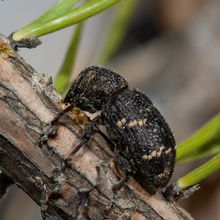
Pine Trees’ Fragrances Help Neighbors Battle Bark Beetles
Katherine Irving | Sep 30, 2022 | 5 min read
Polluted air impedes the trees’ ability to read one another’s signals, a study finds.
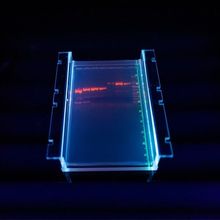
Illuminating Gels with Laser Power
The Scientist’s Creative Services Team and Biotium | 3 min read
How to upgrade gel electrophoresis imaging.
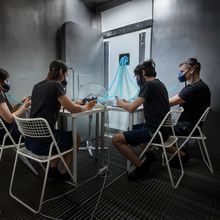
A New Culprit in Air Pollution: Reactions Triggered by Human Skin
Shafaq Zia | Sep 2, 2022 | 4 min read
Oil on human skin reacts with ozone to produce highly reactive radicals that can generate toxic airborne chemicals in indoor spaces.
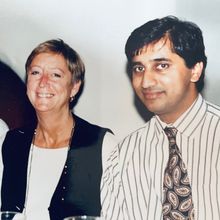
RNA Pioneer Christine Guthrie Dies at 77
Amanda Heidt | Sep 1, 2022 | 5 min read
Guthrie established foundational concepts in the field of pre-mRNA splicing during her career at the University of California, San Francisco.
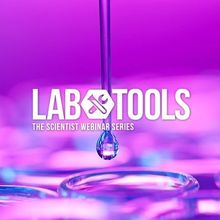
Better Ways to Extract DNA
The Scientist’s Creative Services Team | 1 min read
Learn how to obtain high throughput DNA purification that improves next-generation sequencing.

Biogeochemist Kenneth Coale Dies at 67
Lisa Winter | Aug 4, 2022 | 3 min read
He was known for his research on iron’s role in phytoplankton biomass.
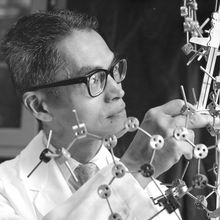
Handmade Hemoglobin, 1912-2012
Dan Robitzski | Aug 1, 2022 | 3 min read
Makio Murayama, a Japanese-American biochemist who was turned away from the Manhattan Project due to his heritage, rose to prominence for his work uncovering the link between the structure of hemoglobin and the mechanisms of sickle cell disease.
